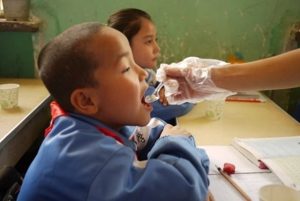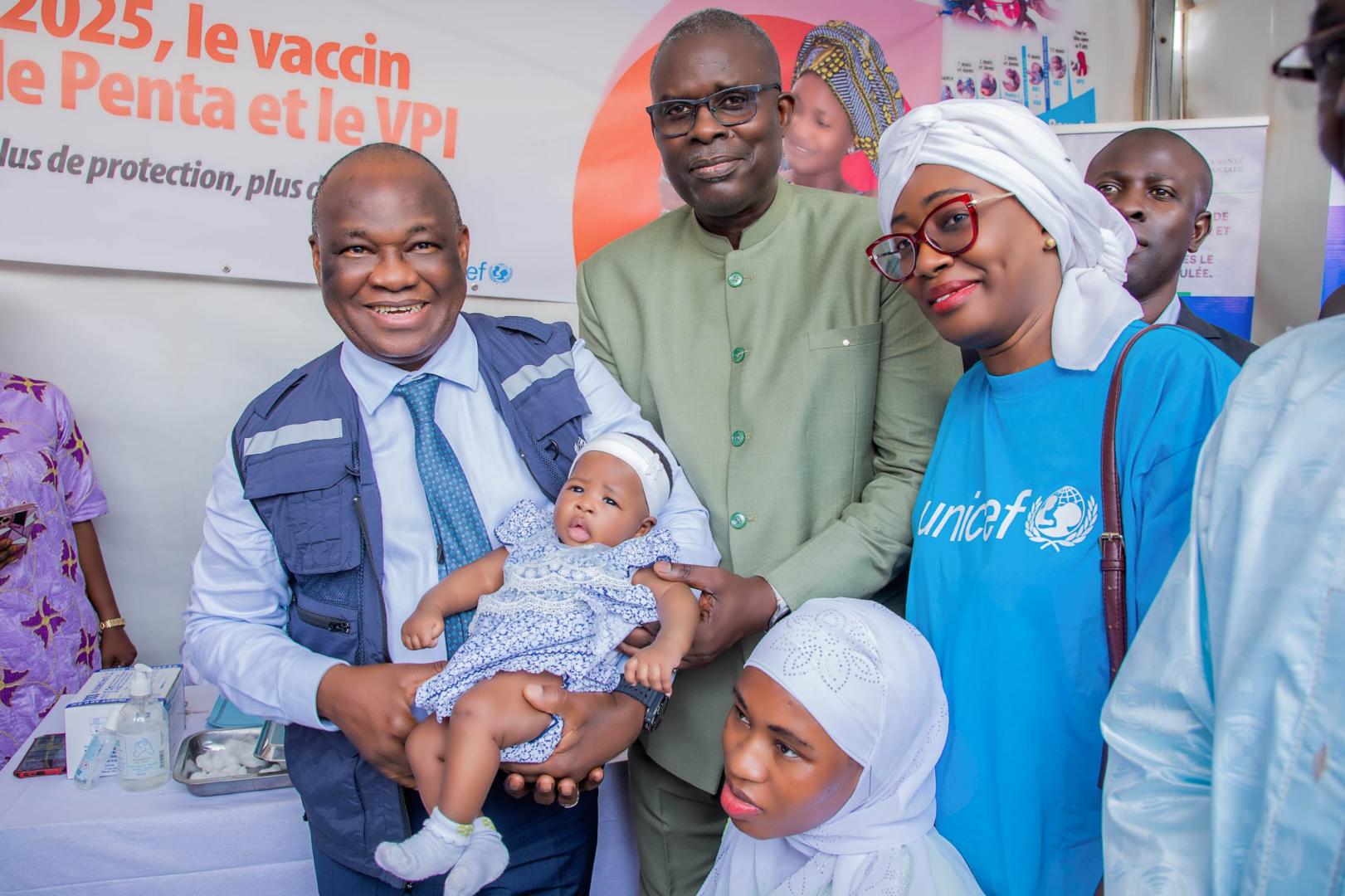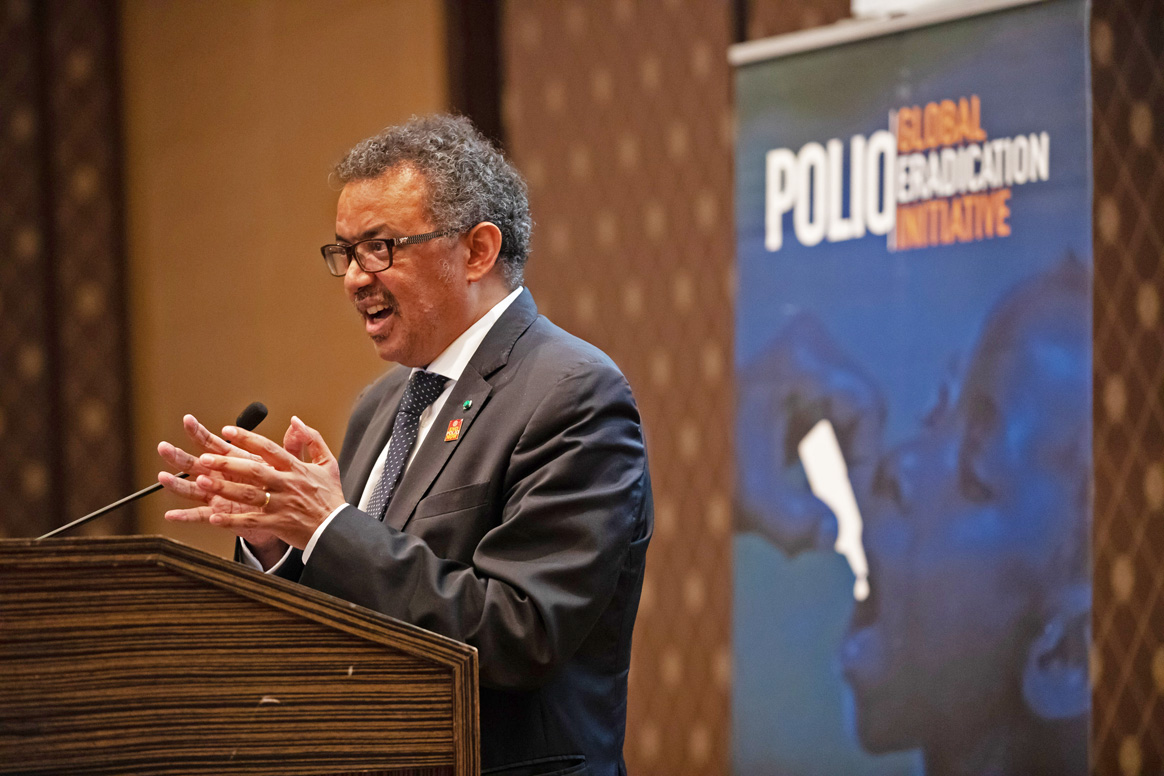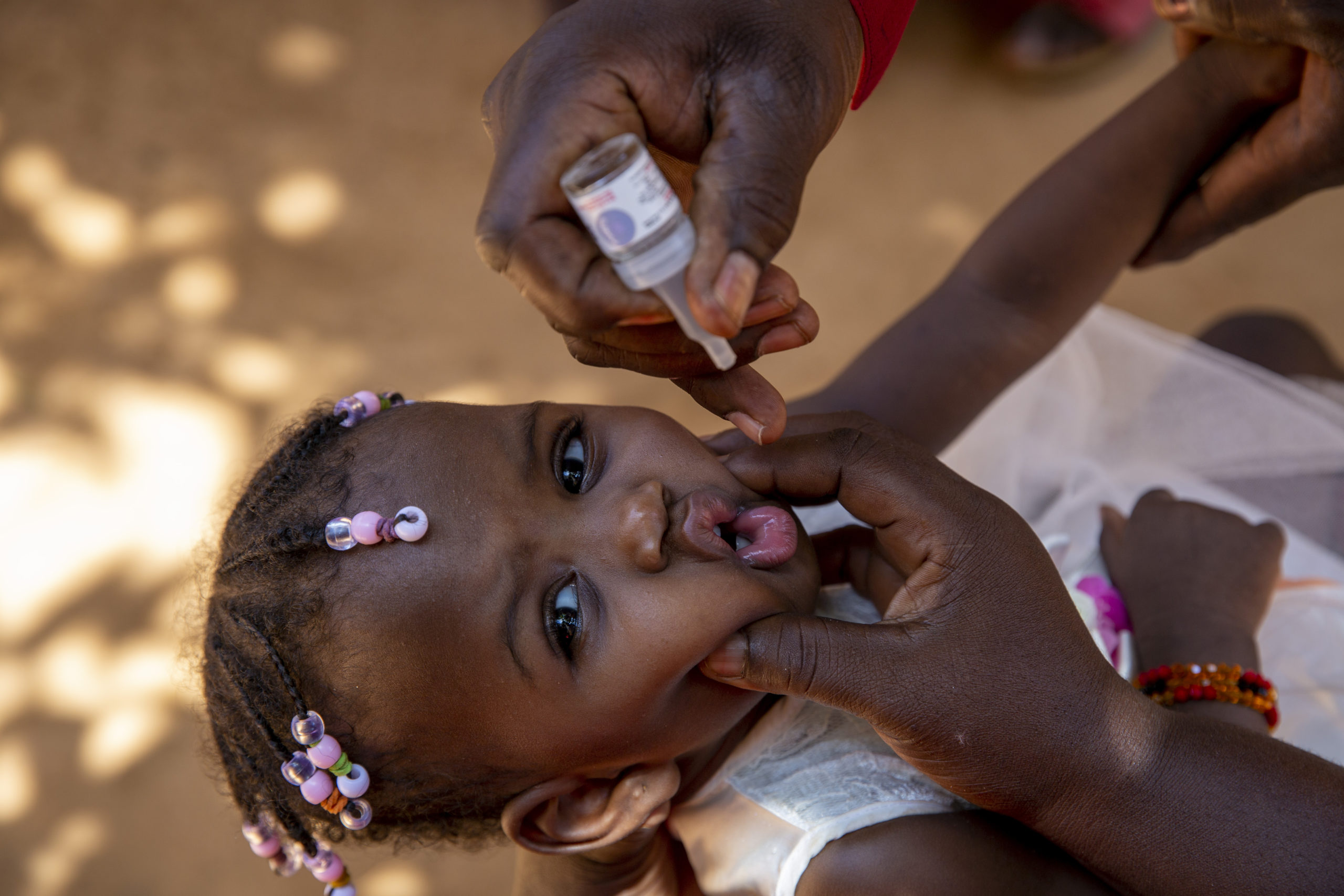Children and adults all vaccinated

WHO/ C.Wolf
Chinese authorities continue to respond aggressively to a polio outbreak in the western part of the country, in the Xinjiang Uygur Autonomous Region.
Following the initial immunization campaign held on 8-12 September and targeting 3.8 million children, vaccination was expanded to persons aged between 15 and 39 years after the identification of polio cases in adults. To date 10 polio cases have been reported; 6 in children under 3 years of age and 4 in young adults – one person has died.
Hotan Prefecture targeted around 1 million people from 13 September onwards. Vaccination for approximately 4.5 million persons 15-39 years old in other prefectures in southern Xinjiang (Aksu, Bazhou, Kashgar and Kezhou) commences on 23 September.
The polio immunization campaigns go house-to-house, to kindergartens, schools and the workplace, to markets, bus stations and airports in order to ensure that no one misses the vaccine. In China, children are marked with indelible ink behind their ears as a way of tracking whether they have been vaccinated.
The spread of polio from Pakistan to China after the country had been polio-free for over 10 years is a sober reminder to all countries in the region to maintain strong vigilance.
Experience and data show that the most effective measures to minimize the consequences of an importation are sensitive surveillance for poliovirus and high levels of immunity in the population. At the same time, countries should have a response plan in place that can immediately be activated, should such an importation occur.



